Introduction
All address data in Paragon is handled in its own database. Addresses can be manipulated by exporting and re-importing them to avoid mistakes with manual data entry. This article will explain how to use the export and import function for your addresses.
Exporting addresses
Export existing addresses
To begin, select the export button from the settings page in Paragon.
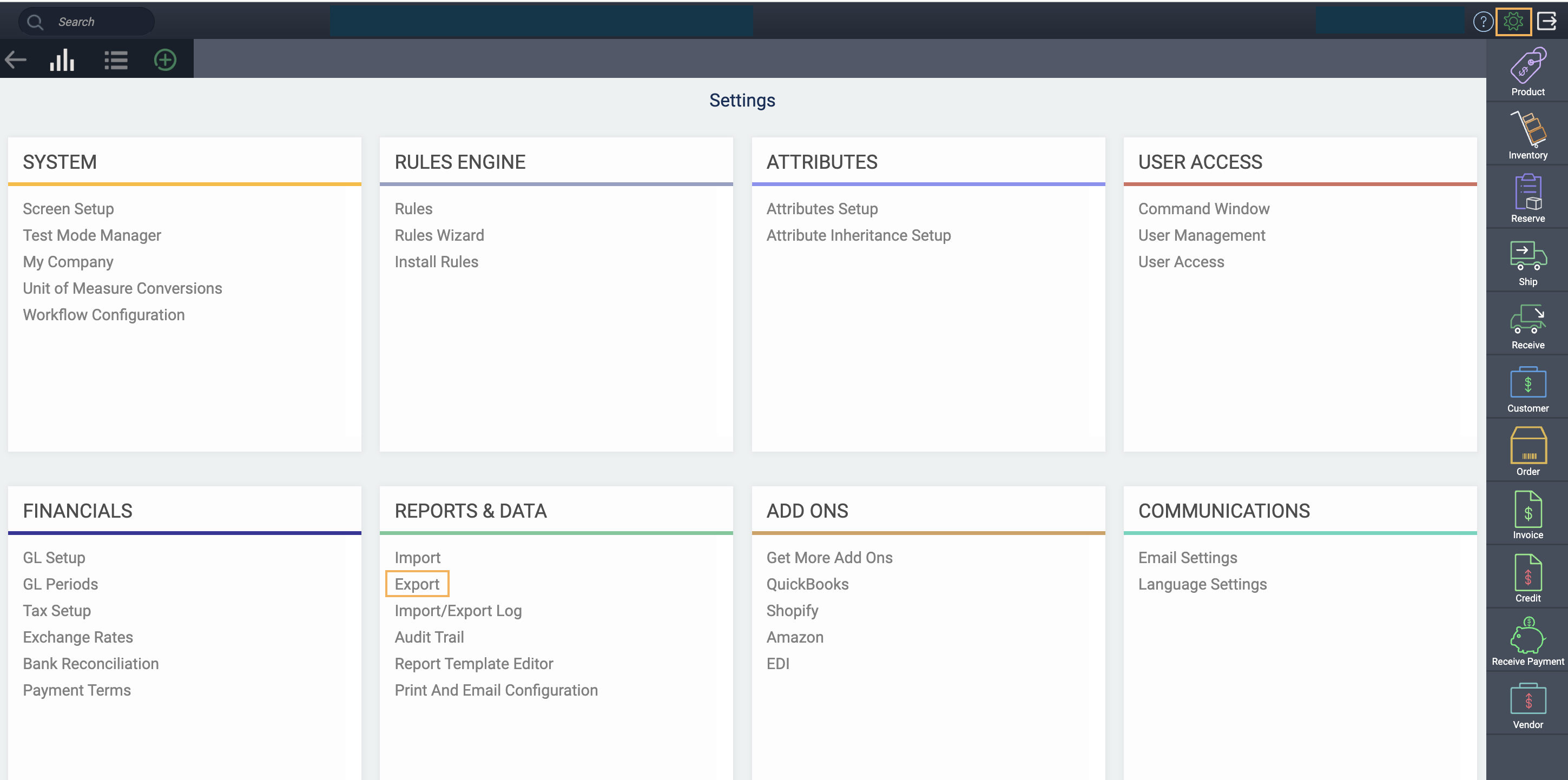
From the dropdown menu, select addresses. This provides you with a list of all addresses in the system; it is separate from the Customer or Vendor modules.
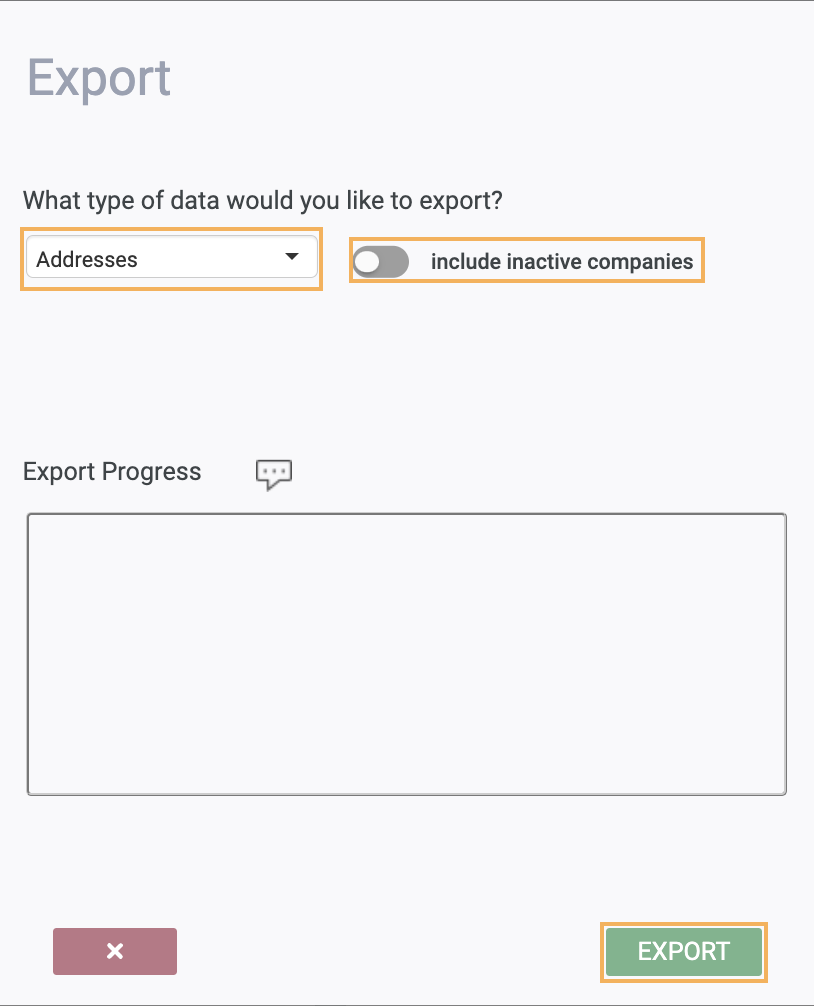
Once done, you will see a message in the Export Progress box confirming that the export was successful, including the number of rows exported.
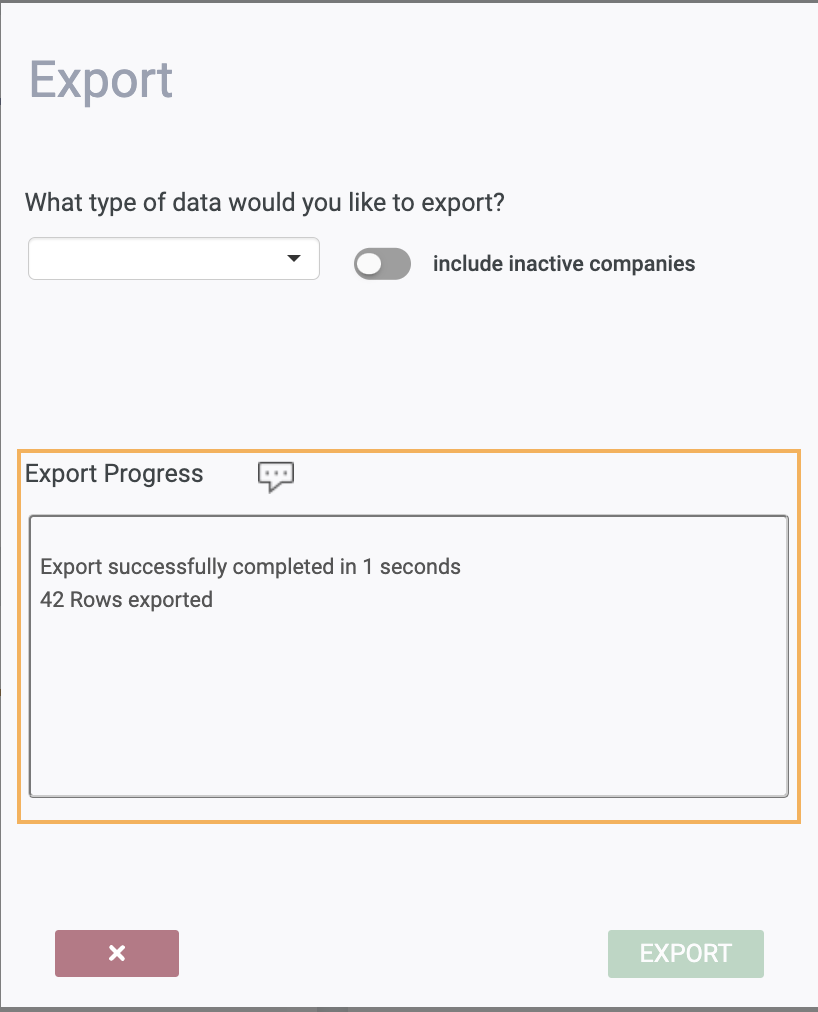
Viewing, adding, and manipulating exported data
Understanding the data
The exported spreadsheet will resemble the screenshot below. The first couple of columns refer to:Note: for checkmark attributes, 0 = unchecked and 1 = checked. They can also be left blank
- Address ID: a Paragon assigned ID value for the address
- Company ID: company short description
- Is Billing: a checkbox attribute, value of 0 or 1 (where 0 means not checked and 1 means checked)
- Default Billing: a checkbox attribute, value of 0 or 1
- Is Shipping: a checkbox attribute, value of 0 or 1
- Default Shipping: a checkbox attribute, value of 0 or 1
Note: defaultShipping can only have a value of 1 if isShipping has a value of 1. Similarly, the same logic applied to defaultBilling and isBilling.

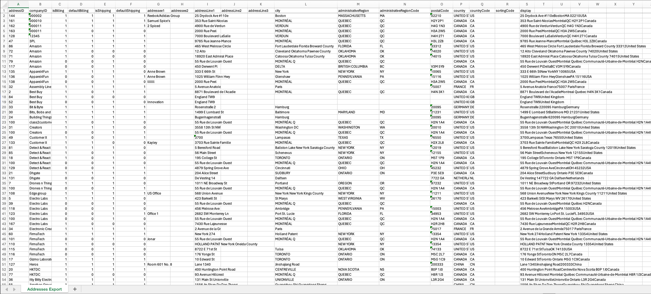
The remaining columns refer to the relevant text attributes when inputting a new address in Paragon. This is done via the new address modal.
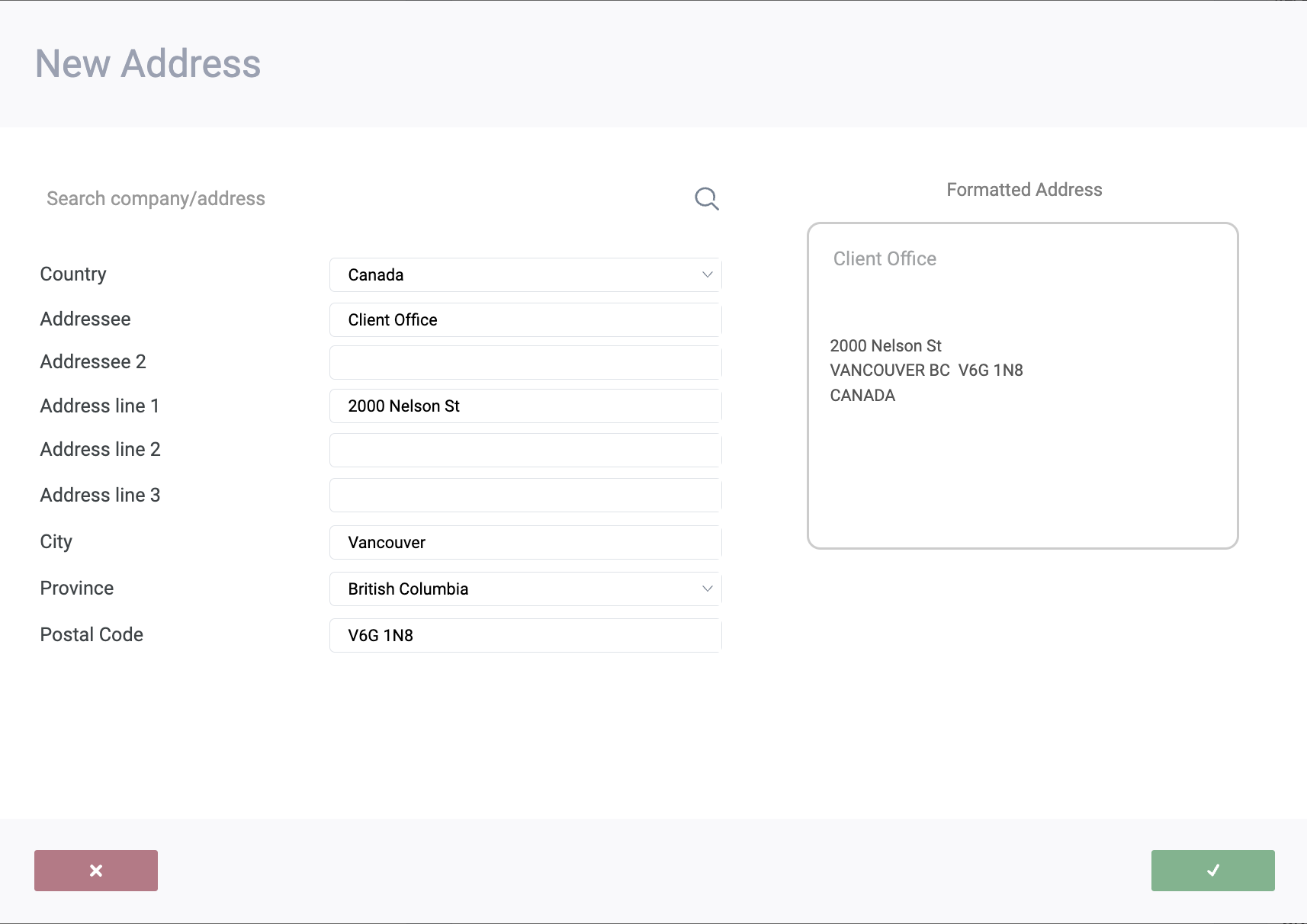
There are a few important considerations to consider when editing your exported spreadsheet.
- Company ID: an address cannot exist without a companyID - therefore you must always link an address to a companyID, even if inactive
- Address Line 1: free flow text - mandatory field
- Addressee 1 and 2: free flow text - optional
- Address lines 2 & 3: free flow text - optional
- Country code: must be a valid country code
- Display: the column is ignored when importing - only for address legibility
Importing Addresses
Updating/editing existing address
Any data table that contains address IDs can be imported with with existing IDs or the IDs can be left blank if they don't exist yet. Importing the actual address tables with valid IDs will set the address information on all other databases in ParagonERP.
The address columns in the data tables cannot be edited - only the following columns can be edited:
- isShip
- isBill
- defaultShip
- defaultBill
No * is required in the first column for edited fields.
If you set defaultShip = 1, and set isShip = 0, Paragon will automatically set both = 1. The same applies to defaultBill and isBill.
Adding a new address
- add a * in the addressID column

- companyID: mandatory - must be valid/existing
- The address must be set as a billing or shipping address
- If you do not set a default billing address and the company has no billing address, the last address set in the imported sheet will be used as the default
- If all parts of the address match an existing address that is already linked to the selected company, the row will fail to import.
Exporting customers
Select Customers from the dropdown in the export modal.
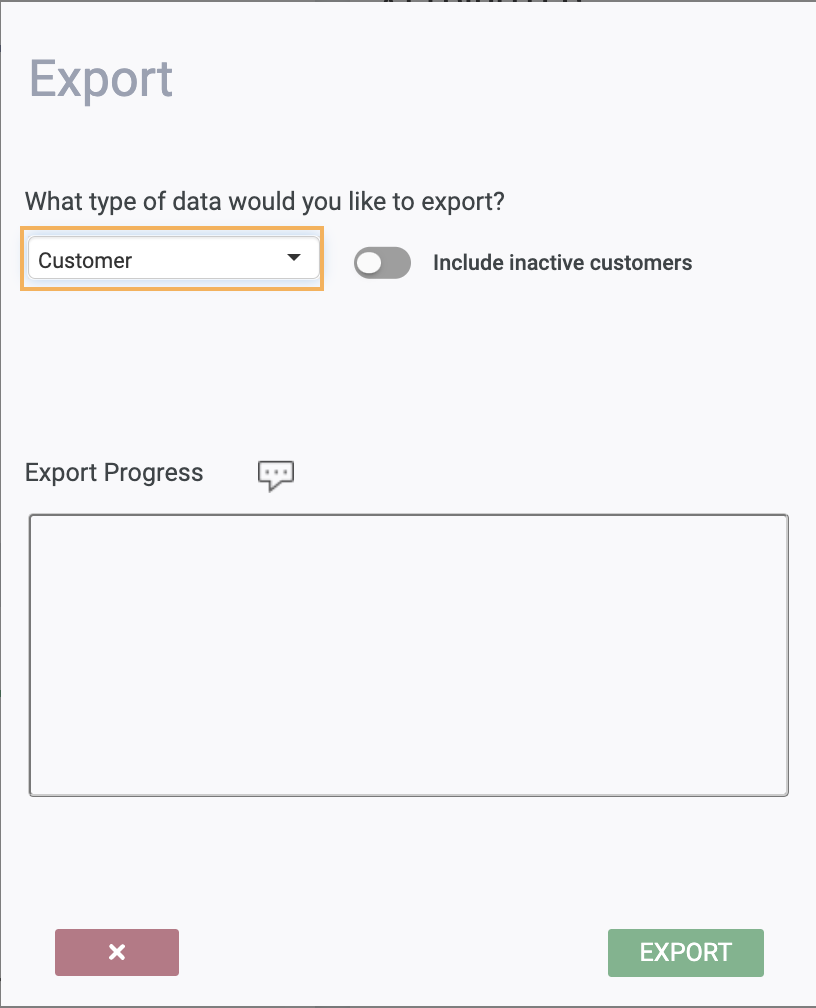
Your exported spreadsheet will resemble the following screenshot.
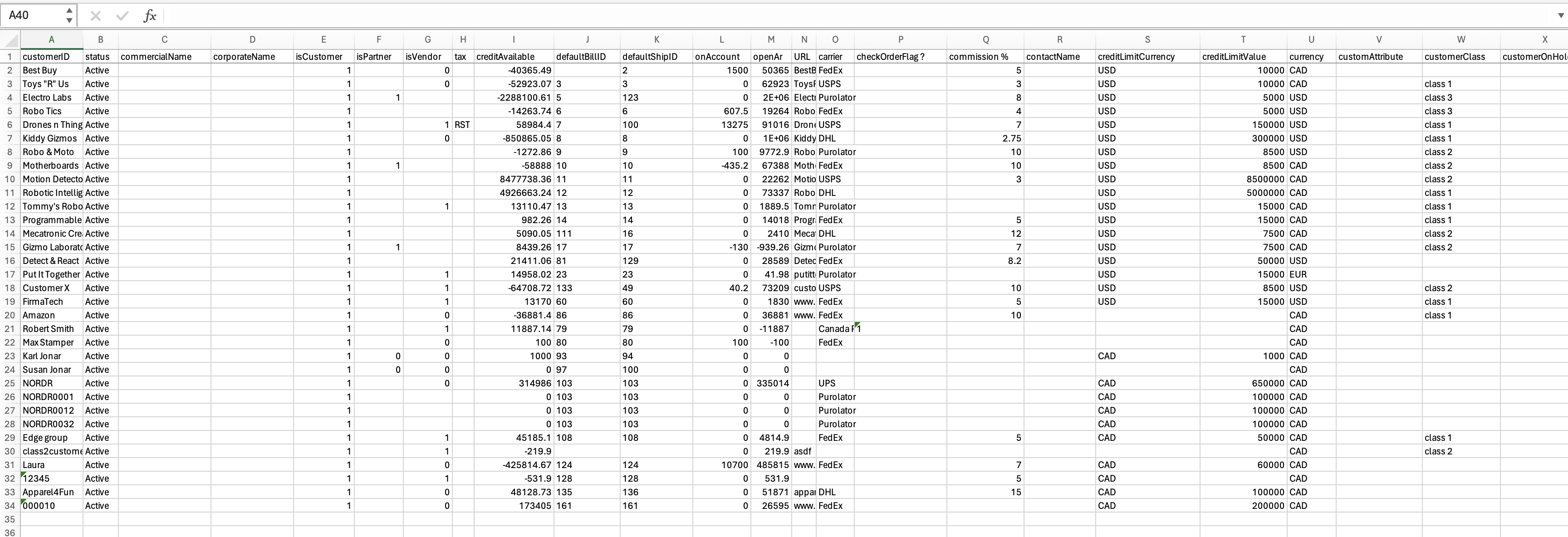
Notice that the addresses are not present in long form - only address IDs are used. Therefore to change a customer's default billing or shipping address, edit the ID number in the defaultShipID and defaultBillID columns.

Exporting transactions
From the export modal, select the relevant transaction from the dropdown. Fill in the start and end dates, and make sure to toggle the include addresses button on.
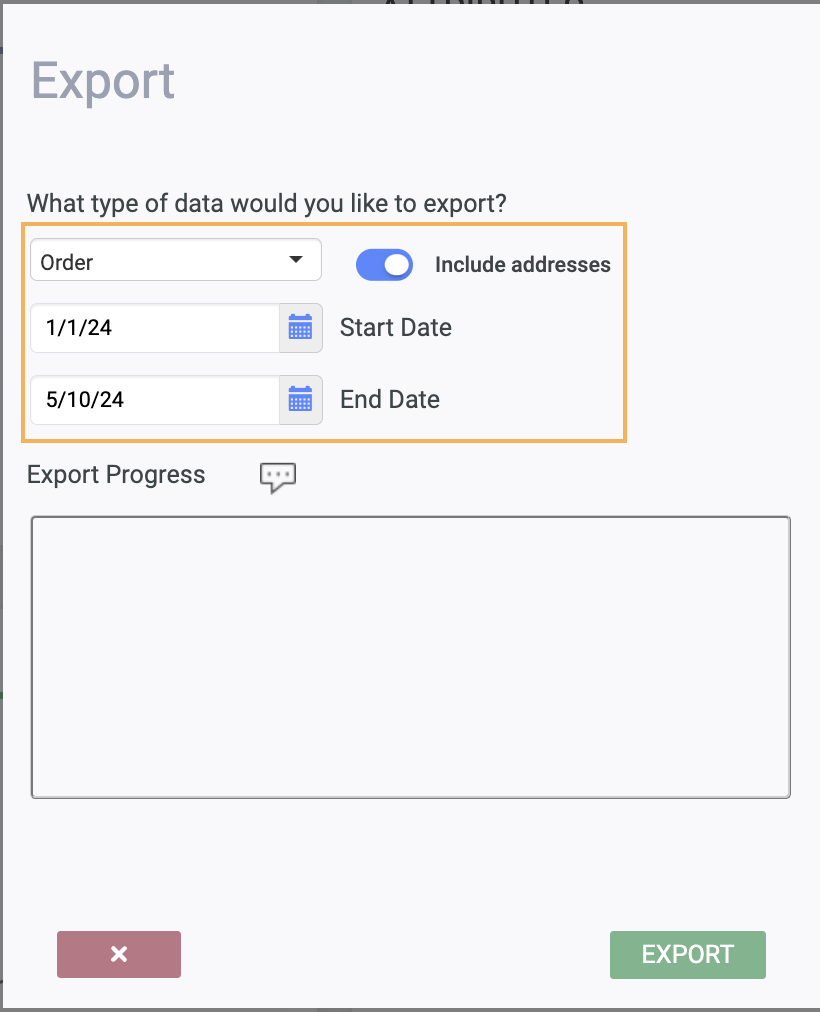
The exported spreadsheet will include these relevant address fields - populated in with addressIDs:
- billFrom
- billTo
- shipFrom
- shipTo
Similar to customers, you can change the Address IDs to change the addresses on transactions.

Check out these relevant articles next!
